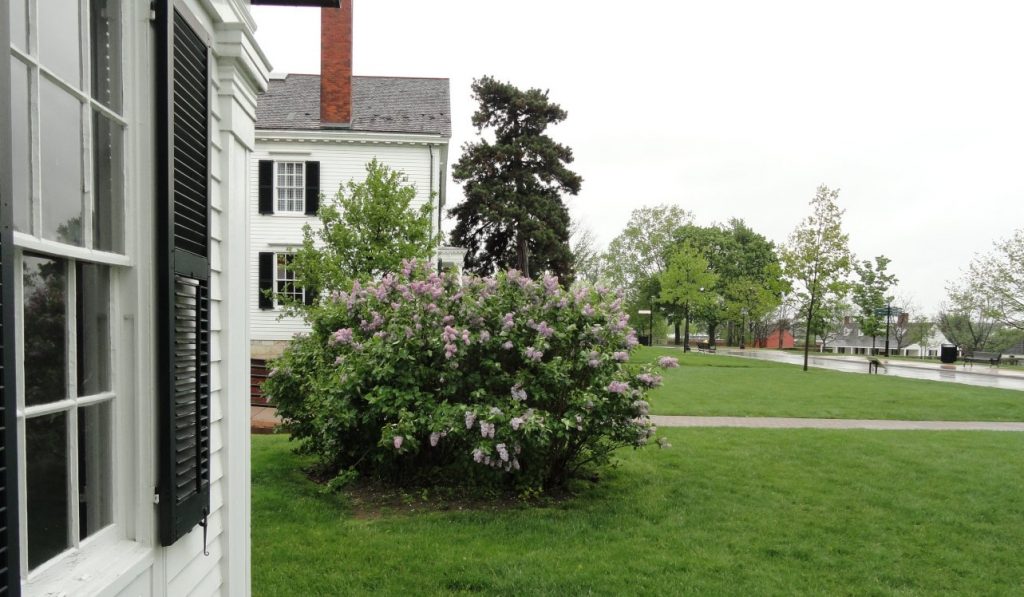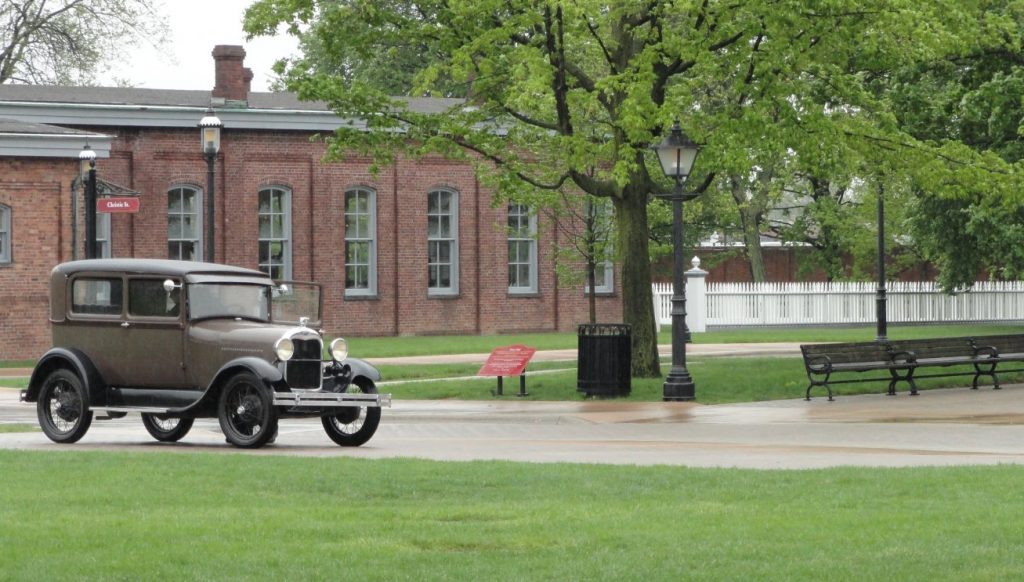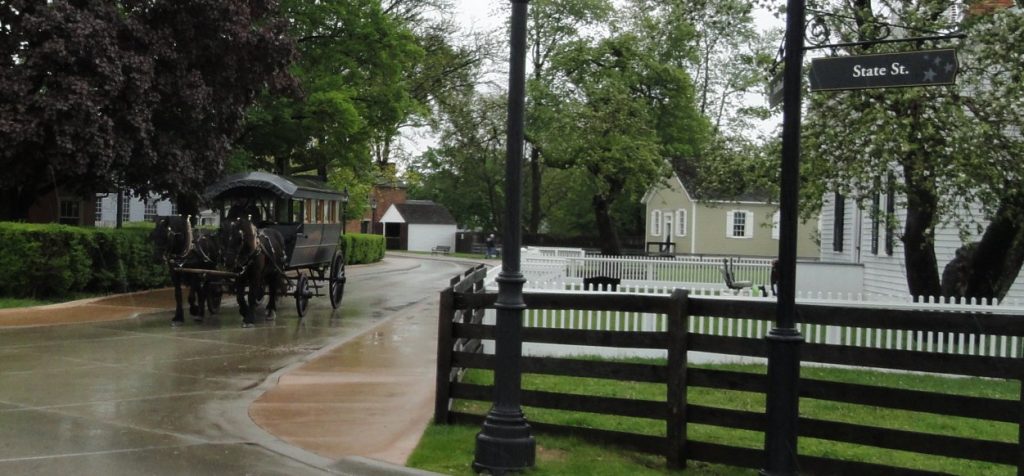
Henry Ford has a mixed legacy. He was a great innovator and philanthropist. He perfected the assembly line which created the productivity that allowed him to pay his workers enough that they could have good lives and actually buy the products they made. In this way, he contributed mightily to creating the American middle class.

On the other hand, his paternalism annoyed some of his workers. He did what he thought was best for them; not all them agreed. Henry Ford believed in the old virtues of the America he imagined existed in his youth. This didn’t include lots of the aspects of modern society, especially things like labor unions. But his innovations, both mechanical and sociological, were instrumental in making that America obsolete. He provided for his workers, but set up puritanical rules to keep them in line, including differential salaries. All greatness is based on paradox.

He was both ahead of his times and behind them. Ford had a vision of a countryside integrated with the industries usually associated with urban areas. It was reflected in quarters he built for his workers in places are distant as the Upper Peninsula of Michigan and Fordlandia in Brazil. They were designed to get products from the local countryside and the workers houses often included gardens, where they were encouraged to grow their own vegetables. This kind of distributed production was impractical in the old industrial model, but may become possible with the dispersed integration allowed by Internet.

In his later life, Ford tried to preserve some of the old America in an open-air museum. In Greenfield Village, he brought artifacts and whole houses together. You can find Noah Webster’s house next door to Robert Frost’s. He also brought Thomas Edison’s complex all the way from Menlo Park, NJ (more on that in the next post.)
It is a pleasant place. It would be nice to live in place like this.

The Pictures: Up top is Henry Ford himself. The others are street scenes at Greenfield village. I would call your attention to the middle picture with the houses and the lilacs. The far house belonged to Noah Webster. Robert Frost lived in the nearer one. Of course, the individuals did not live next to each other and the houses were not next to each other under Henry Ford moved them to Greenfield Village.

BTW – you notice the wet. We had that same cold drizzle I described in the earlier post.
BTW2 – The most interesting book to read about the auto industry, Ford included, is “The Reckoning” by David Halberstam. I recently read another book called “Fordlandia”, ostensibly about Ford’s investment in Brazil, but lots about Ford in general.
